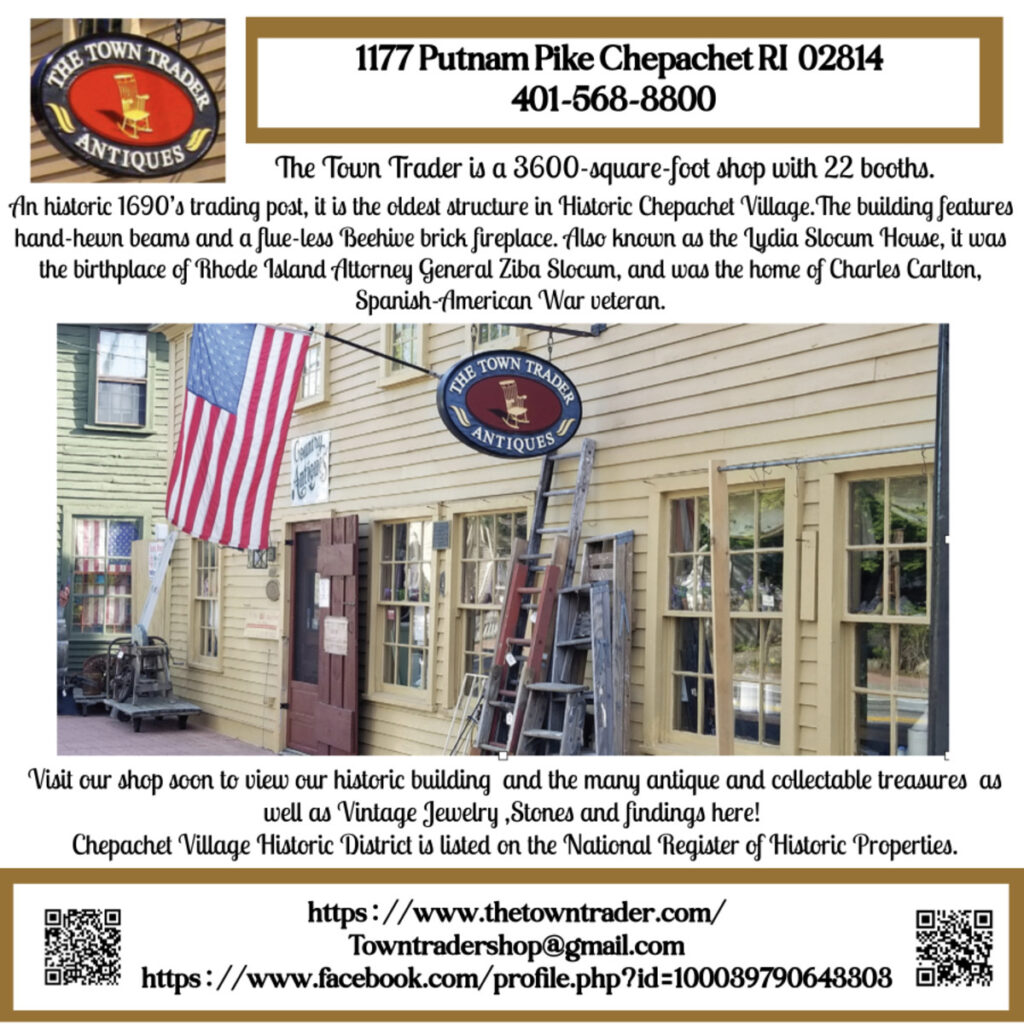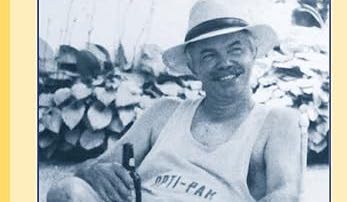Ever wonder what was worth knowing? All the Presidents in order maybe? Or the number of square feet in an acre? Maybe Madonna’s real name?
Well, back in 1895 they knew what was worth knowing, and, in fact, George Chevalier published a book on it, appropriately titled Worth Knowing. So, you say, what could have been worth knowing back then?
Life may have been simpler a century ago, for one thing. Apparently, you didn’t need doctors unless you were close to dying, for example, because here in this little book is everything you needed to know to cure health problems.
There are solutions for everything from eliminating pimples to stopping hemorrhaging, as well as advice on how to live a healthy life and how to make your own medicines.

Got a stomach problem? “Put one pint of brandy in a quart bottle and add to it one ounce of gentian root, scraped and sliced, and the thin outside yellow rind of six large oranges, cork the bottle, and during the first and second day shake it frequently, then let is stand for the third, fourth and fifth day to settle, then pour off the clear into a bottle to use from. Dose, one teaspoonful in a glass of wine in the morning before breakfast.”
Interesting. A glass of wine and a shot of stomach tonic to start off the day… hmmm. The book also explains how to prepare a sulphur bath, make poultices and liniments and how to diagnose one’s health by the condition of the tongue.
You may not know this, but you can make your own toothpaste. Forget about that minty stuff. Mix equal parts of finely pulverized prepared chalk, carbonate of magnesia and orris root. What could be better than that?
You think you have trouble getting your kids to brush now? Need some shampoo? Dissolve in one quart rain water one ounce salts of tartar, strain and bottle for use. Why on earth would you want that herbal aromatic stuff anyway?
Ever wonder where you are in terms of the larger scheme of humankind? Declining age is defined as 50-60; incipient old age 60-70; ripe old age 70-80; decrepitude 80-90; and second infancy 90-death. That pretty much breaks it down, in case you were wondering.
There seems to be no end to things worth knowing, according to the book. Spelling rules are included, but so is the size of a township, defined as 36 square miles. By the way there are 640 acres in one square mile, if you didn’t know.
Then there are the names of groups, such as a troop of monkeys, a drove of oxen, a nide of pheasants, a sounder of hogs, etc.
Two cords of hard wood are equal in heat to one ton of coal. Shell hickory provides the most heat, with white oak not far behind. The amount of square footage in a cord of wood is not included, probably because it was a given back then. Everyone knew that for crying out loud!
Some information clearly is no longer on the front burner, however. Times have changed. For instance, did you know the bride’s veil was used originally to conceal the blushes of the bride on receiving her first kiss from a man? Tell me that makes sense today.
And then there is the ever useful list of tramps’ signs, signs left by tramps to give a heads up to other tramps following in their footsteps, such as a dollar sign indicating there are too many tramps in the area, or a star indicating good people. A big D meant “bad dog” coming up.

Want to know how to turn a grindstone, test kerosene oil, bleach straw hats? It’s in there.
There is also information on how to get rid of black ants, kill flies and destroy vermin in children’s heads.
Add to that advice on making cream cheese, keeping ice in summer, and cleaning everything from kerosene lamps to brass.
You can make blackboards, and oil cloths and measure timber. Want to know what day of the week you were born on? There is a table from which you can figure it out.
You can even make your own chewing gum! That recipe includes parra fine melted in olive oil and glycerine, with the addition of flavoring oil. There is also advice on testing mushrooms, using salt as an indicator.
Need sandpaper? Not only can you make it, you can reuse it indefinitely. Pulverize some glass and run it through sieves for various coarseness. Cover stiff paper with glue sizing, pour the glass over it and voila! You have sand paper. After using it, sweep up the pieces that may come off and keep them handy for the next process.
Plenty of household hints are available as well, and there are mottos, too, such as The best of everything is none too good for the stomach.
Also, make your butter for winter in October, keep your cranberries in a cool, dry place in clear, cold water (change occasionally), and don’t use that soft soap you just made until it is at least three months old. Advice, no doubt, still to be considered today.
You have to wonder what George would have considered worth knowing today, were he still alive and writing. Maybe the number of bytes in a computer and how to figure that one out, how to choose a cereal, whether to use brown or white eggs, whether aspirin or Advil is better, how many doctors it takes to unscrew your health insurance? The list seems endless.
It kind of makes you wonder what really is worth knowing these days.







